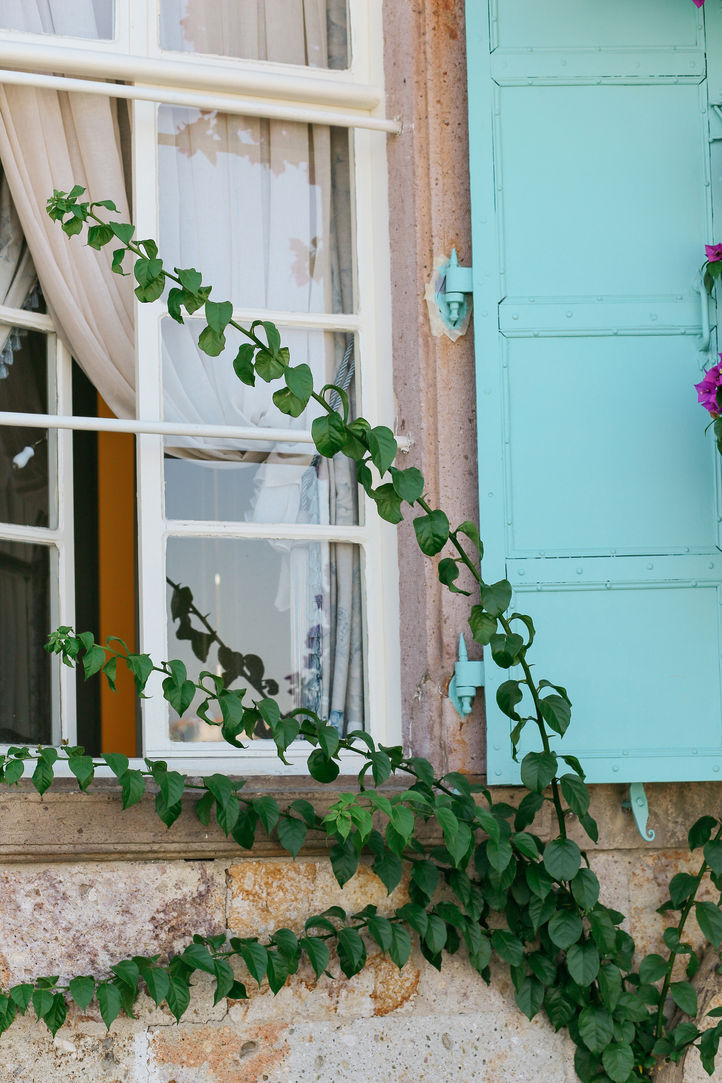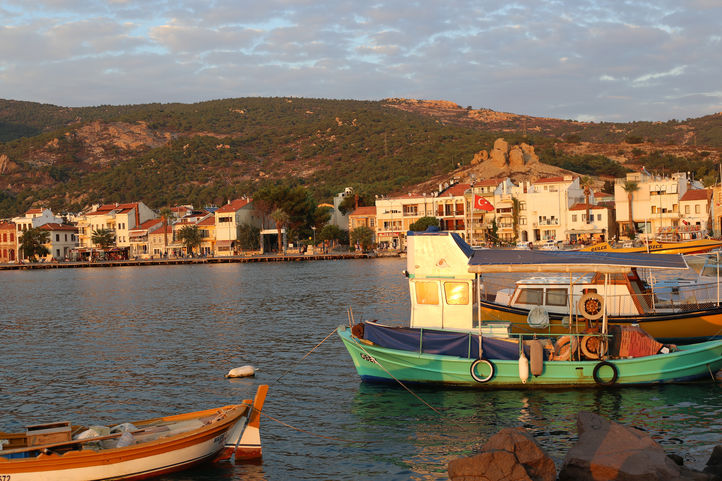Human & Travel Stories
FISHING TOWNS
WITH THEIR NATURE AND DELICACIES

Article & Photography for Sun Times Magazine (SunExpress Airlines), September 2019.
The engine sound coming from the fishing boats, is literally the sound of autumn in Turkey. Then the shrieks of the seagulls flying above the boat gets mingled with that sound. The picture that unveils before us, inspires us so much so that we want to pursue the fishing boats that make headway taking on the waves. And now setting our course towards the blue land of the fishers, we visit the harbors adorned with colorful nets and the fishing villages that unburden the hearts.
There are so many historical stories and legends that became notorious. We come across some of these even in our day. For instance, we encounter the fleshed out brave and hopeful fishermen depicted by Cevat Şakir (The Fisherman of Halicarnassus) line by line in blue words. Inviting us to these lands that’s been settled since antiquity, they encourage us to trace the trails of these stories dedicated to the seas. And we, on the trails of the fishers, set out on our way to visit places that invoke in one a feeling of peace and freedom pursuing the beauties that are the heritages of the past.
The Apple of Bursa’s Eye: Gölyazı
Resembling the apple of an eye with the thin, long, bridge like extension it is to the mainland, looking as though about to break loose from it, Gölyazı, which is located on Lake Uluabat, is one of the first places to come to mind when you say fishing village in Turkey. With a past dating back to Antiquity, this place is known to be set up in Anatolia for Apollo, the God of Light in mythology. Today, Gölyazı draws those who come to visit it to itself with colorful fishing boats moored beside one another along the shore. This place is a giant plane tree with a past of over 700 years, it is the home to the St. Panteleimon Church, one of the unique Greek Orthodox Churches of Anatolia, the stork flocks that arrive in Turkey on their immigration route from Africa and the people who devoted their lives to fishing.
We would recommend you to visit Gölyazı on the week days when it is more calm, with the first lights of the morning when the fishing boats set sail to the sea and then to have a feast with the fresh fish in one of the restaurants by the lake.
The Naive Beauty: Old Foça
One of the Ionian settlements of Antiquity that gets its name from the seals living around it, Foça (Phokaia) is the stopover of fishers. With its pastel painted louvered stone houses, wonderful sunsets and small harbor where the fishing boats cast anchor, it is one of those coasts that managed to stay pristine. If you happen to pass by it, spend time on the Reha Midilli street where historical houses recently restored are lined side by side, seemingly competing in a beauty pageant and the square that has a rooster statue right in its middle.
If you would like to crack open the gates of history a bit, you should add Fatih Mosque dating back to the 15th century, and Beş Kapılar Castle on your list. And don't forget to visit the sirene rocks that you can get to with a boat, eat borovinka and mastic ice-cream from Nazmi Usta, watch the sunset over the sky that assumes a different color at every instant behind the castle landscape at the Kavala Café and go on a fishing tour with the boats departing from the harbor. You can call it a day at one of the restaurants lined side by side along the harbor or the tables of Fokai Restaurant set up on a narrow street and famous for its mezes.
A Dream of Blue: Datça
With its breathtaking coves, its sea hosted by the Aegean and the Mediterranean that stretches as far as the eye can see, its almond trees that find tongue with the winds that blow and narrow streets where old stone houses come to life, Datça is one of the most beautiful dreams a fisher can have. You can start exploring Datça for which praises were sang for by geographer Strabo of Amaseia and Heredotus of Halicarnassus from the Knidos Ancient City. Established by the Dorians, Knidos was a harbor city advanced in science, art and architecture. After visiting the Apollo Temple, necropolis, theatre and the sun dial, watching the landscape that stretches before your eyes sitting at a café by the seaside is the best award of the day. We would recommend you to drop by Yaka Village on your way back to get honey, almond and jams from the local sellers, and to give a lunch break underneath the olive trees at the Yakamengen Cafe.
After visiting the house of poet Can Yücel who lived in Old Datça for some time, and going on a stroll along its streets, spend some time at Orhan’ın Yeri in the village square. Dropping by the Datça town center, you can watch the fishers mending their nets, sip that famous almond coffee in the tea garden and watch time slow down. Do not leave Datça without enjoying fish and mezes at Fevzi’nin Yeri at the center and swimming at a secluded cove on the Palamutbükü road.
























